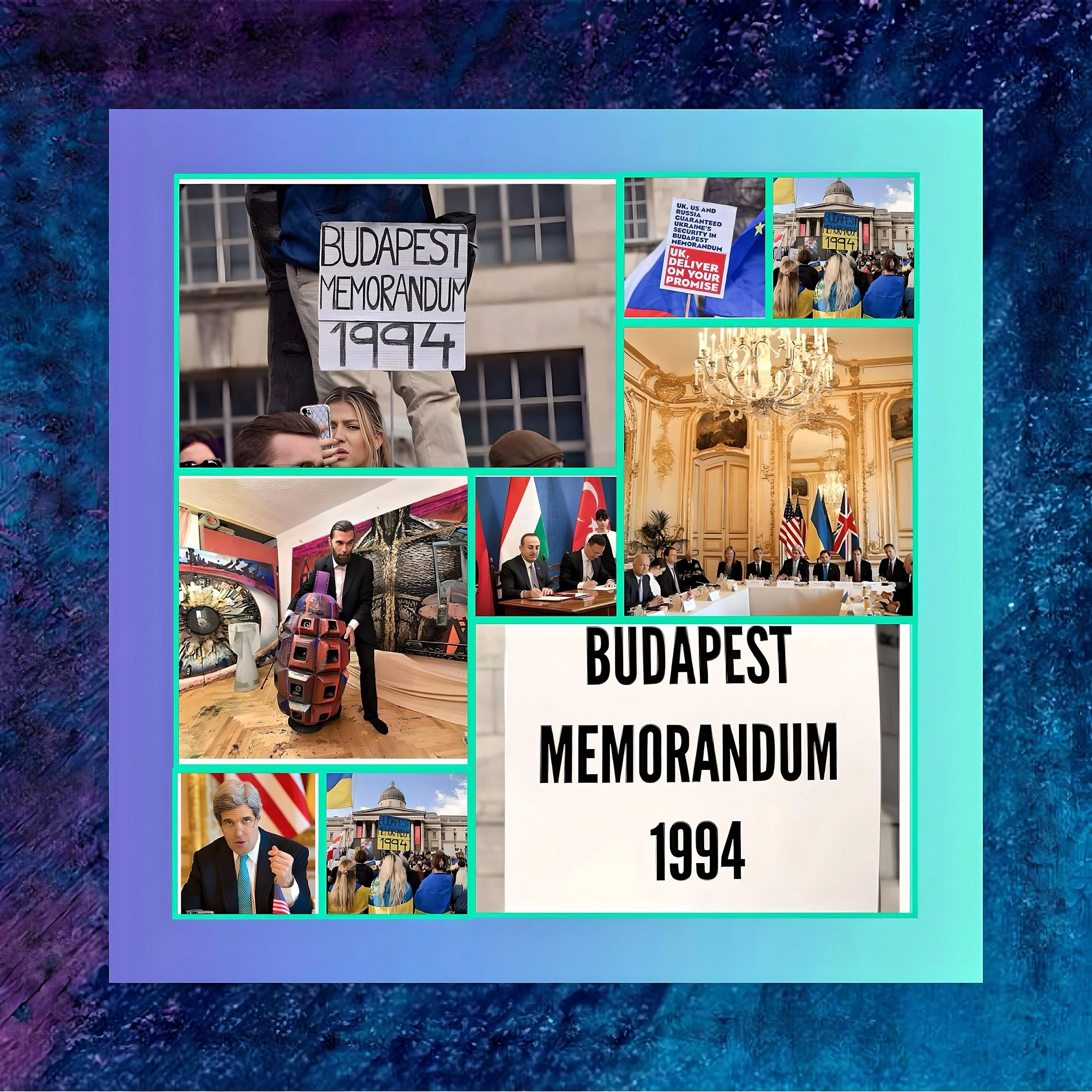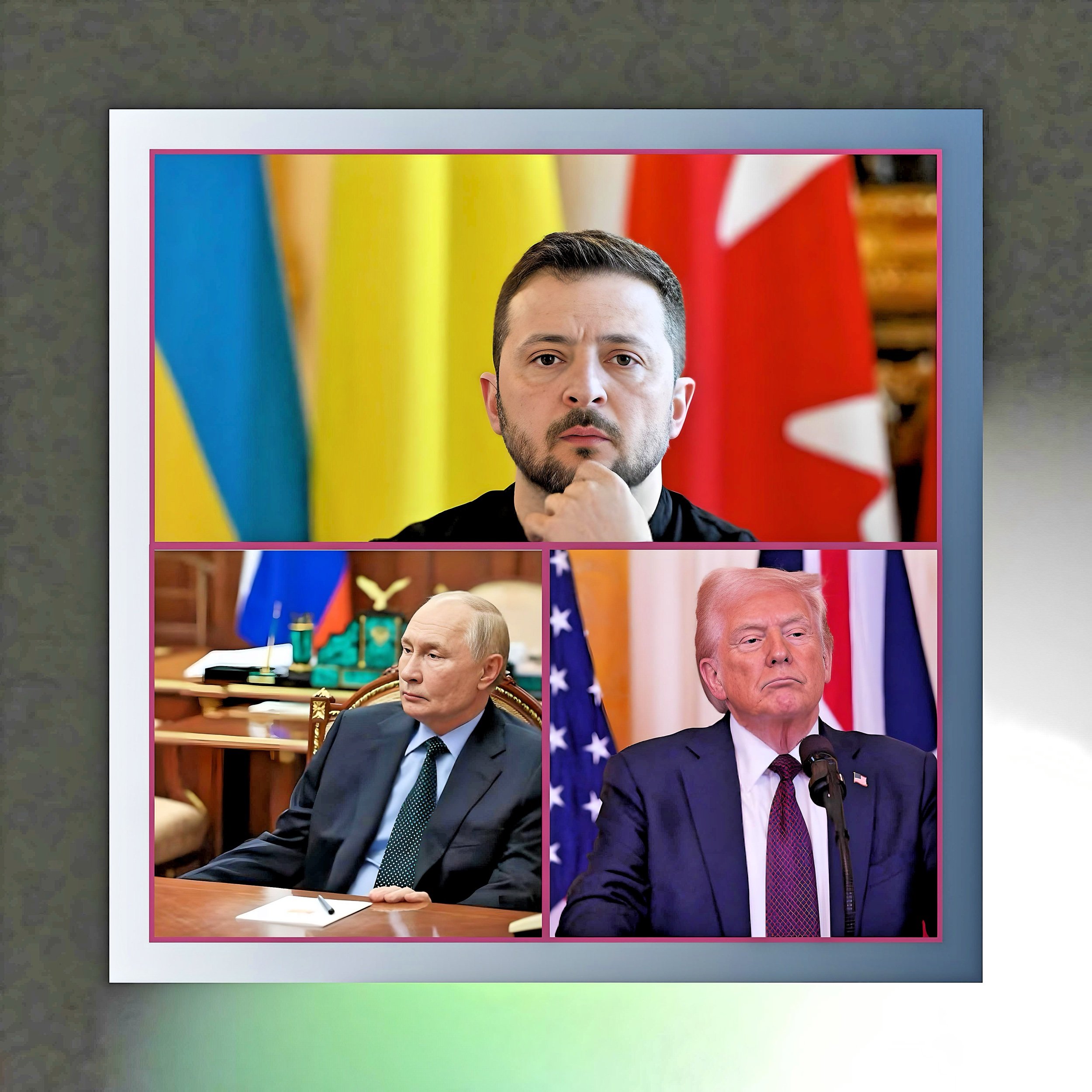Ukraine’s Demands for Security Guarantees: Between NATO Aspirations and Interim Realities
Introduction
Ukraine’s demands for security guarantees from NATO and its Western partners reflect a strategic balancing act between its ultimate goal of NATO membership and the urgent need for interim measures to deter further Russian aggression.
As the war enters its fourth year, Kyiv’s demands have crystallized around three pillars: accelerated NATO integration, binding bilateral security commitments, and enhanced military aid to sustain its defense capabilities.
These demands emerge against a backdrop of shifting U.S. priorities under the Trump administration and NATO’s internal divisions over Ukraine’s membership timeline.
The Unwavering Demand for NATO Membership
Historical Context and Renewed Urgency
Ukraine’s pursuit of NATO membership dates to the 2008 Bucharest Summit, where the alliance pledged eventual accession but deferred a Membership Action Plan (MAP).
The 2022 full-scale invasion reinvigorated this demand, with President Volodymyr Zelenskyy formally applying for membership in September 2022. NATO’s 2023 Vilnius Summit removed the MAP requirement, signaling progress, but failed to provide a concrete timeline.
Kyiv views NATO’s Article 5 collective defense clause as the only credible deterrent against Russia, particularly after the Budapest Memorandum’s security assurances proved hollow in 2014 and 2022.
Obstacles and Strategic Frustrations
Despite NATO’s rhetorical support, U.S. Defense Secretary Pete Hegseth’s February 2025 declaration that membership is “unrealistic” has deepened Ukrainian anxieties.
Zelenskyy has criticized this stance as a betrayal, arguing that NATO’s indecision emboldens Russian President Vladimir Putin. Technical hurdles—such as ongoing territorial disputes and defense sector reforms—further complicate accession.
However, Ukraine has made strides through NATO’s Comprehensive Assistance Package (CAP), which has allocated €955 million for capacity-building since 2022.
Interim Security Guarantees: Bilateral Agreements and Military Aid
The Ramstein Framework and Bilateral Pledges
With NATO membership delayed, Ukraine has pursued bilateral security agreements (BSAs) with 32 states, including the U.S., UK, and Germany.
These agreements, negotiated through the Ukraine Defense Contact Group (UDCG), commit signatories to long-term military aid, intelligence sharing, and joint defense industrial projects. However, gaps persist:
Inconsistent leadership: The UDCG’s informality hampers coordination, with Zelenskyy urging “clear objectives and accountability mechanisms.”
Funding shortfalls: While European allies delivered over €50 billion in 2024, U.S. contributions have waned, with the Trump administration redirecting focus to border security and China.
The Nuclear Ultimatum
Frustrated by slow progress, Zelenskyy issued a provocative demand in February 2025: “If NATO membership takes decades, give us nuclear weapons.” This reflects both desperation and latent capability—Ukraine retains uranium reserves and technical expertise from its Soviet-era arsenal. However, experts warn that nuclearization would fracture international support and invite catastrophic retaliation.
The U.S. Factor: Trump’s Influence and Zelenskyy’s Gambits
Shifting American Priorities
The Trump administration has recalibrated U.S. policy, ruling out troop deployments to Ukraine and urging Europe to assume primary responsibility for Kyiv’s security.
Secretary Hegseth’s February 2025 remarks—dismissing Crimea’s recovery as “unrealistic”—signaled a willingness to concede occupied territories, which Zelenskyy rejects. Trump’s direct negotiations with Putin, excluding Ukraine, have further strained relations, with Zelenskyy insisting: “No talks with Moscow until U.S.-Europe consensus.”
Zelenskyy’s Diplomatic Offensive
Zelenskyy has intensified outreach to European leaders to counter U.S. ambivalence, securing pledges from France and the UK to deploy peacekeeping troops post-ceasefire. He has also leveraged the CAP to deepen defense-industrial ties, notably with Turkey’s Bayraktar drone production in Ukraine.
NATO’s Dilemma: Balancing Deterrence and Division
The Article 5 Paradox
While NATO asserts that “Ukraine’s future is in NATO,” internal divisions persist. Eastern members like Poland and the Baltics advocate fast-tracking membership, whereas the U.S. and Germany caution against provoking Russia. The alliance’s 2024 pledge of €40 billion in annual aid (exceeded at €50 billion) underscores commitment but falls short of binding guarantees.
Armed Neutrality: A Contested Alternative
Some analysts propose “armed neutrality” for Ukraine—a non-aligned status with NATO military support but no Article 5 coverage. Zelenskyy rejects this as a “dangerous illusion,” arguing it would permit Russian aggression while absolving NATO of responsibility.
Conclusion: A Race Against Time
Ukraine’s security demands reflect a nation trapped between geopolitical realities and existential threats. NATO membership remains Kyiv’s paramount objective, but with accession stalled, interim measures—binding BSAs, sustained military aid, and nuclear latency—have become lifelines.
The U.S.-Europe divide, however, risks rendering these measures insufficient.
As Zelenskyy warned in Munich, “Without real guarantees, Putin will return.”
The coming months will test whether NATO can transcend its hesitations or consign Ukraine to a perpetual gray zone—an outcome with dire implications for global nonproliferation and collective security.






